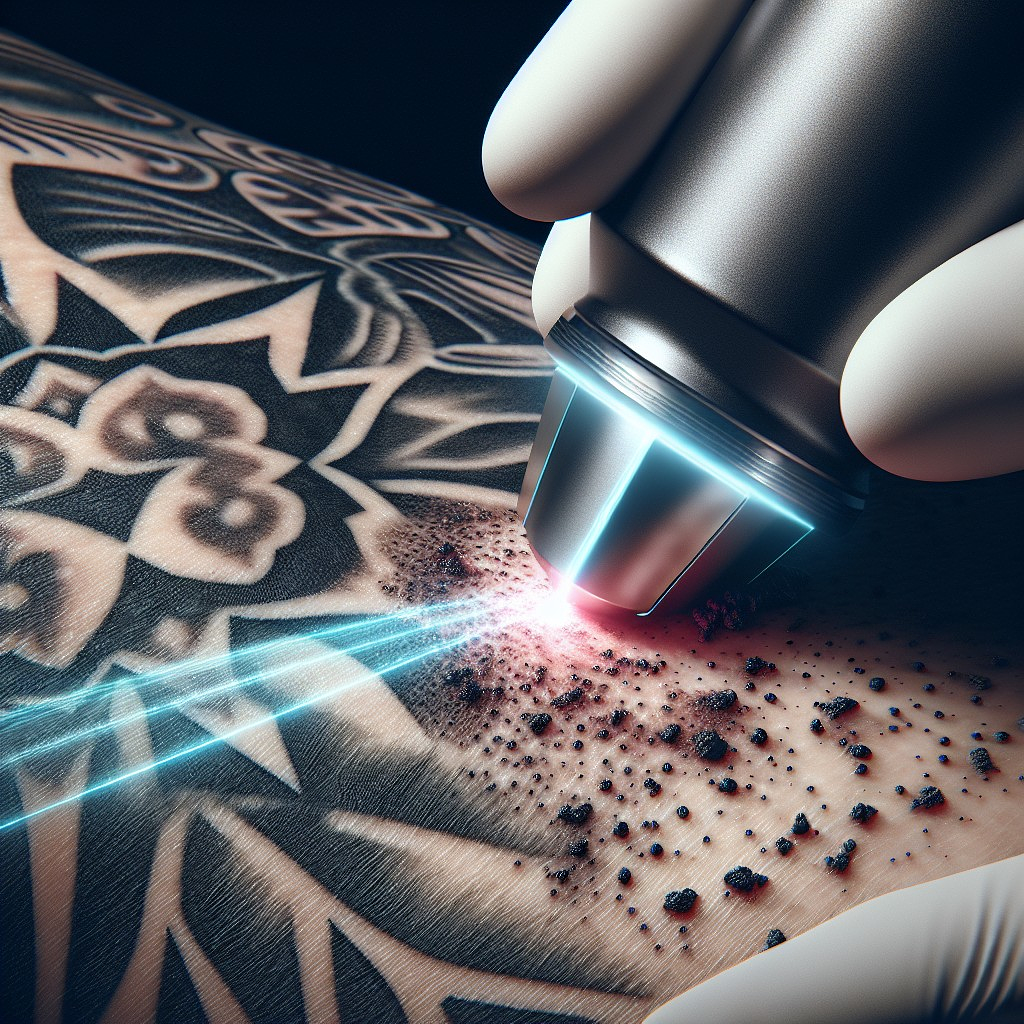Menu
Picosecond Laser Innovation
Picosecond laser technology has revolutionized the field of tattoo removal, providing a highly effective solution for individuals seeking to eliminate unwanted ink. As tattoos have grown in popularity, so too has the demand for reliable and efficient removal methods. The advent of picosecond lasers marks a significant advancement in this arena, offering benefits that surpass traditional tattoo removal techniques.
At the core of picosecond laser technology is the method of delivering energy in ultra-short pulses, typically lasting only one trillionth of a second. This rapid delivery allows for targeted disruption of tattoo pigments, breaking them down into smaller particles that can be absorbed and eliminated by the body’s immune system. The precision of picosecond lasers minimizes collateral damage to the surrounding skin, leading to a reduced risk of scarring and a shorter recovery time compared to older methods such as Q-switched lasers, which operate using longer pulse durations.
The principle underlying the efficacy of picosecond lasers lies in their ability to fragment ink particles without causing significant thermal damage. Unlike conventional lasers, which might generate excessive heat that can affect neighboring tissue, picosecond lasers leverage a phenomenon known as "photoacoustic effect." This effect involves the creation of mechanical shockwaves that mechanically disrupt the pigment particles. Consequently, this results in finer dispersion of the ink, making it more accessible for the body to metabolize and expel.

Picosecond Laser for Tattoo Removal
The process of tattoo removal using a pico laser typically involves several sessions, depending on factors such as tattoo size, ink color, and the depth of the ink in the skin. During each session, the laser is applied to the targeted area, emitting short bursts of energy that penetrate the skin and impact the tattoo ink. Patients often experience a sensation akin to the snapping of a rubber band during treatment, which can be managed with topical anesthetics if necessary.
In terms of safety and recovery, picosecond laser treatments have demonstrated a favorable profile. Post-treatment effects are generally mild and may include temporary redness, swelling, or blistering at the site of the laser application. These side effects usually subside within a few days, enabling individuals to resume their normal activities quickly. Additionally, because of the reduced thermal damage, there is a lower likelihood of hyperpigmentation and scarring, which are common concerns with traditional tattoo removal methods.
One notable advantage of picosecond lasers is their versatility in treating various ink colors. Traditional lasers, particularly those utilizing longer pulse durations, are often less effective on certain ink colors, particularly blues and greens. However, picosecond lasers can effectively target these hues, leading to more comprehensive removal results.
Moreover, the advancements in pico laser technology have led to the development of different wavelengths, further enhancing their effectiveness. Different wavelengths penetrate the skin to various depths, allowing practitioners to customize treatments according to the specific characteristics of the tattoo being addressed.
Pico Laser Conclusion
Picosecond lasers represent a significant advancement in the field of tattoo removal, providing individuals with an effective, safe, and efficient means of eradicating unwanted ink. By utilizing rapid energy bursts and minimizing damage to surrounding skin, picosecond lasers enhance the tattoo removal process, offering quicker recovery times and improved results. As technology continues to evolve, it is likely that picosecond lasers will remain at the forefront of tattoo removal solutions, meeting the needs of those looking to reclaim their skin.
